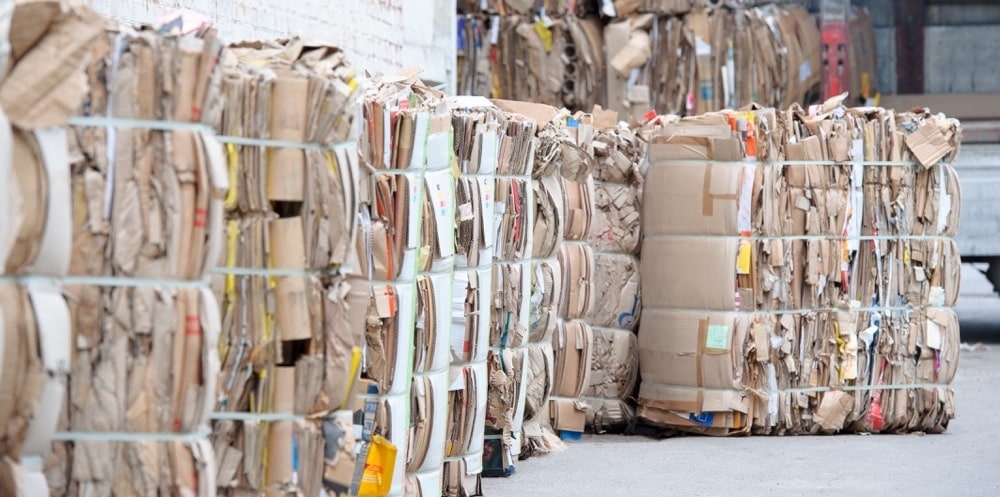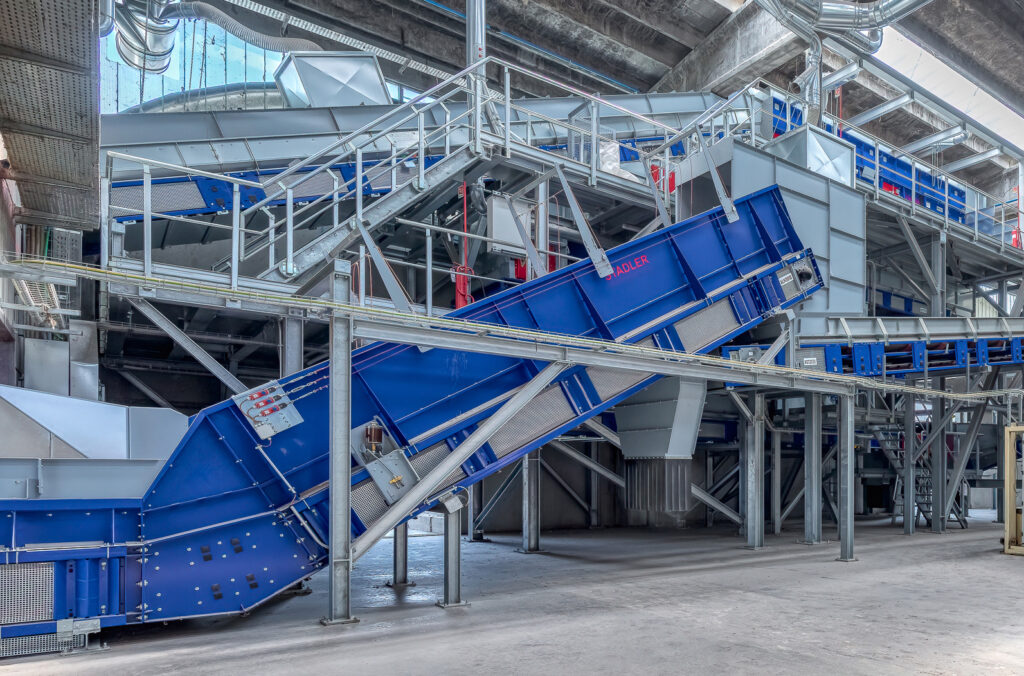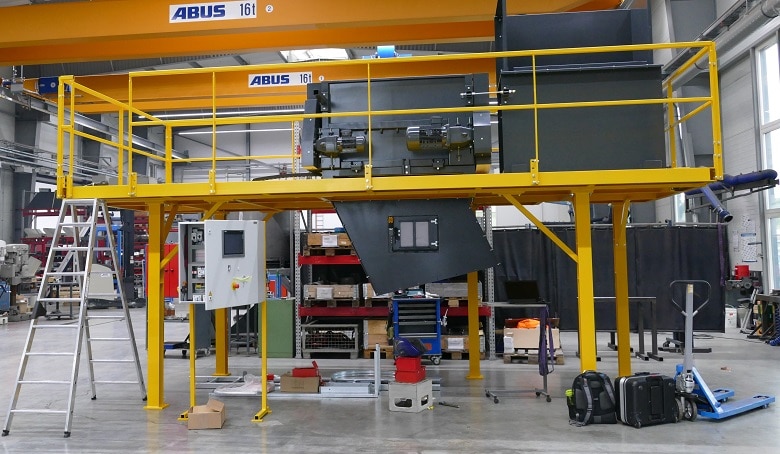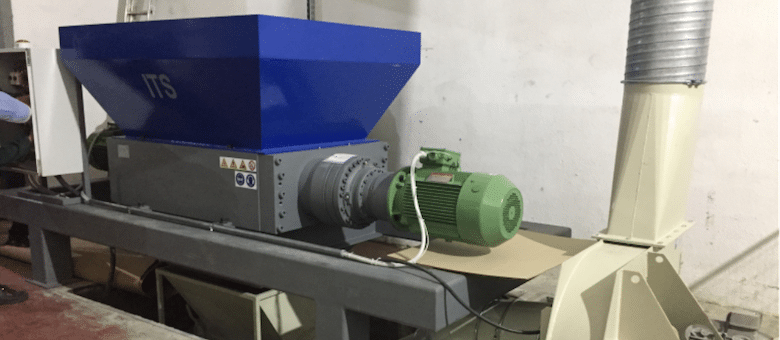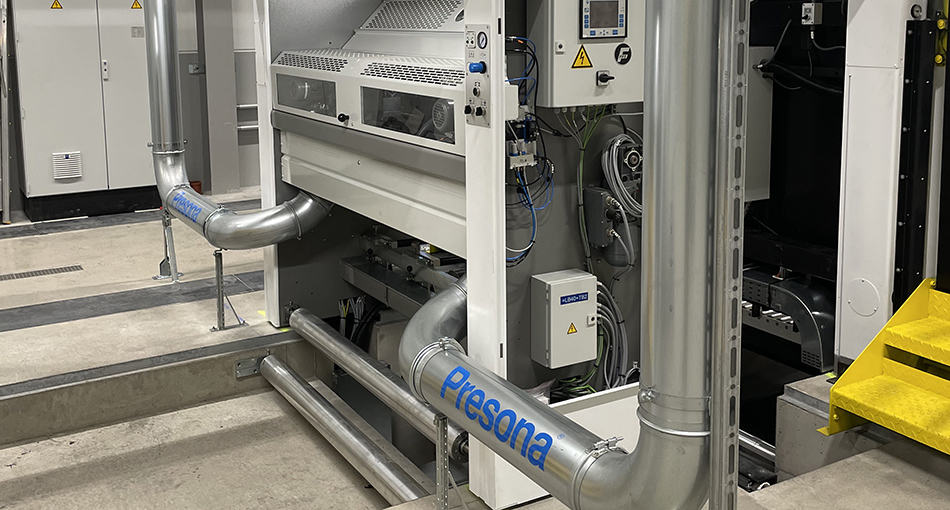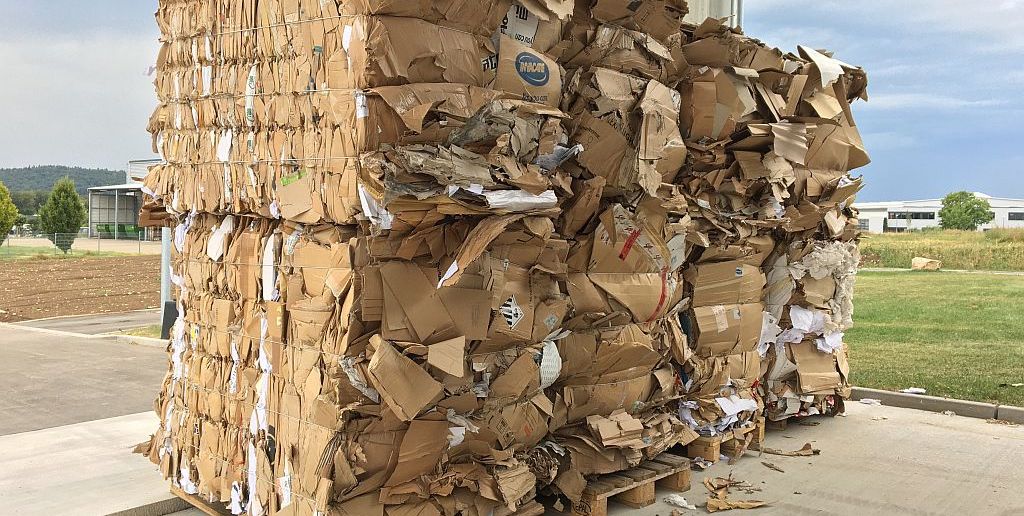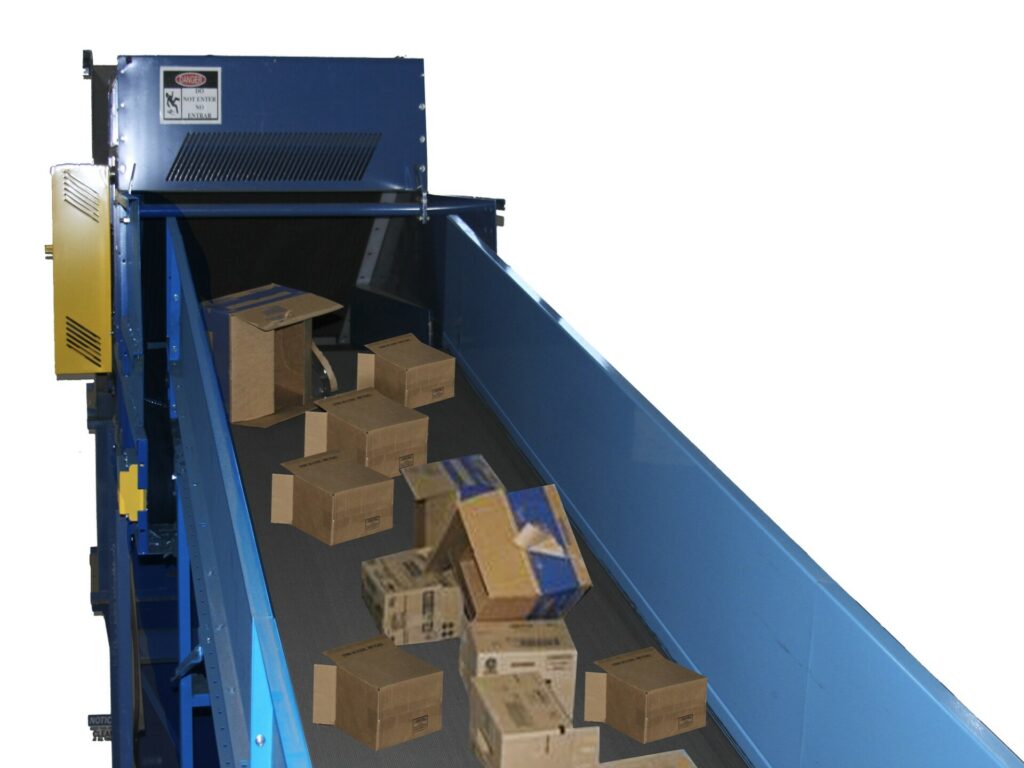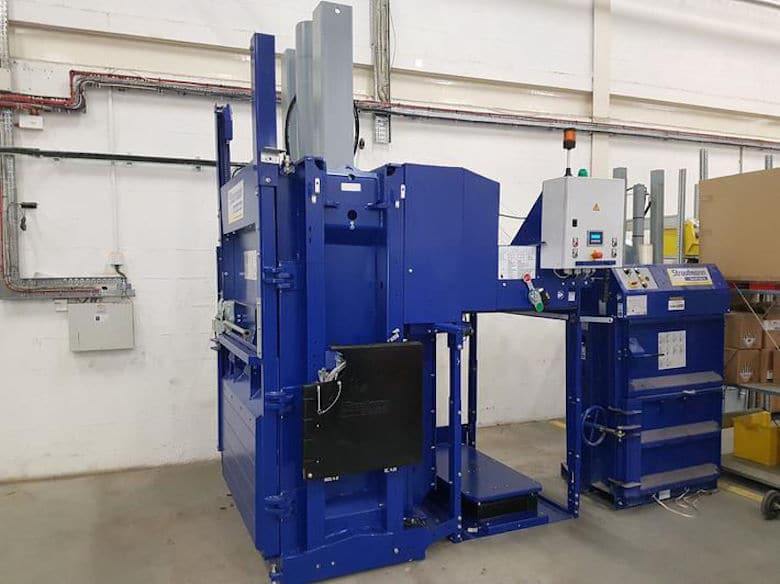Recycle Cardboard
Experts for Recycle Cardboard

Dan Fairest
M&J RecyclingAt M&J Recycling, my role as the UK & ROI Sales Manager centres on providing top-tier shredding solutions tailored to the waste and recycling sector's dynamic needs. My competencies lie in ensuring each solution aligns perfectly with our client's operational objectives. Capitalising on my 20-plus years of experience in the industry, my mission is to deliver reliable and innovative shredding technology that meets the rigorous demands of materials processing. My professional career is driven by the satisfaction of resolving complex waste management challenges, fostering long-term client relationships, and steering projects to completion with efficiency and precision.

Tom Jansen
TOMRA RecyclingAfter studying Chemical Engineering at the Technical University of Eindhoven, the Netherlands, Tom started working as Sales Engineer at Innov-X Systems. He initially focused on selling handheld XRF equipment in the Benelux, while gradually extending the geographical territory over the years. From 2007 he was heavily involved in the pioneering of automated XRF sensor technology, bringing this new technology to the metal scrap market worldwide. Tom joined TOMRA Sorting (then Titech GmbH) in 2011 as Sales Manager responsible for the Metal Recycling market in the Netherlands and Belgium. Since then, in his role as Segment Champion for the ELV shredder segment, he has also supported the metal recycling market in the Middle East region, Italy, Greece and projects in several other countries.

Charles Daridon
Bollegraaf GroupCharles Daridon is the Director Global Sales of the Bollegraaf Group. Charles was born in Bretagne but has been living in the Netherlands for several years now (since 2018). After a BSC in Chemistry, Charles attended a business school INSEEC in Paris. For more than 25 years, Charles has worked in the waste industry (soil remediation engineering, landfills, wastewater treatment, biogas plant) and, in the last 15 years, he became an expert in waste sorting solutions. His environmental commitment is not only professional but also personal.

Ankit Kalola
Fornnax Technology Pvt. LtdMr. Ankit Kalola serves as the Global Head – Sales at Fornnax Technology Pvt. Ltd, where he has played a pivotal role in shaping the company’s sales strategy and global footprint. A seasoned expert in shredding systems and end-to-end recycling solutions, he excels in building client-centric approaches, driving market penetration, and aligning technical solutions with customer needs. His strategic direction has significantly contributed to Fornnax’s success across diverse industries and geographies. Mr. Kalola’s leadership continues to fuel growth, innovation, and long-term partnerships worldwide. For further information or to connect with Mr. Kalola, please reach out at +91-9033077711 or email: info@fornnax.com.

Daniel Wresnik
UNTHA shredding technologyDaniel Wresnik, Head of Sales and Business Development BU Waste & Recycling in the DACH region at UNTHA, is a proven expert with extensive experience in waste recovery and recycling. Since joining UNTHA in 2009, he has developed numerous tailor-made shredding solutions for clients across Europe – including in Austria, Germany, Italy, France, Greece, Switzerland, and the Benelux countries. His core expertise lies in high-throughput industrial shredders for a wide range of input materials – from municipal and commercial waste to the production of alternative fuels (RDF/SRF). Together with his team, he develops high-quality, efficient, and economically viable system solutions – always with a strong focus on customer benefit. His guiding principle: “There are no problems – only solutions.”
Cardboard (also referred to as corrugated cardboard) is a high-quality recyclable material made of paper. Cardboard is the highest value grade of paper, as its durability means long paper fibers. The most common forms are corrugated cardboard and grey paperboard, used for boxes and other packaging material. Cardboard recycling is the reprocessing and reuse of thick sheets or stiff multilayered papers that have been used or regarded as waste.